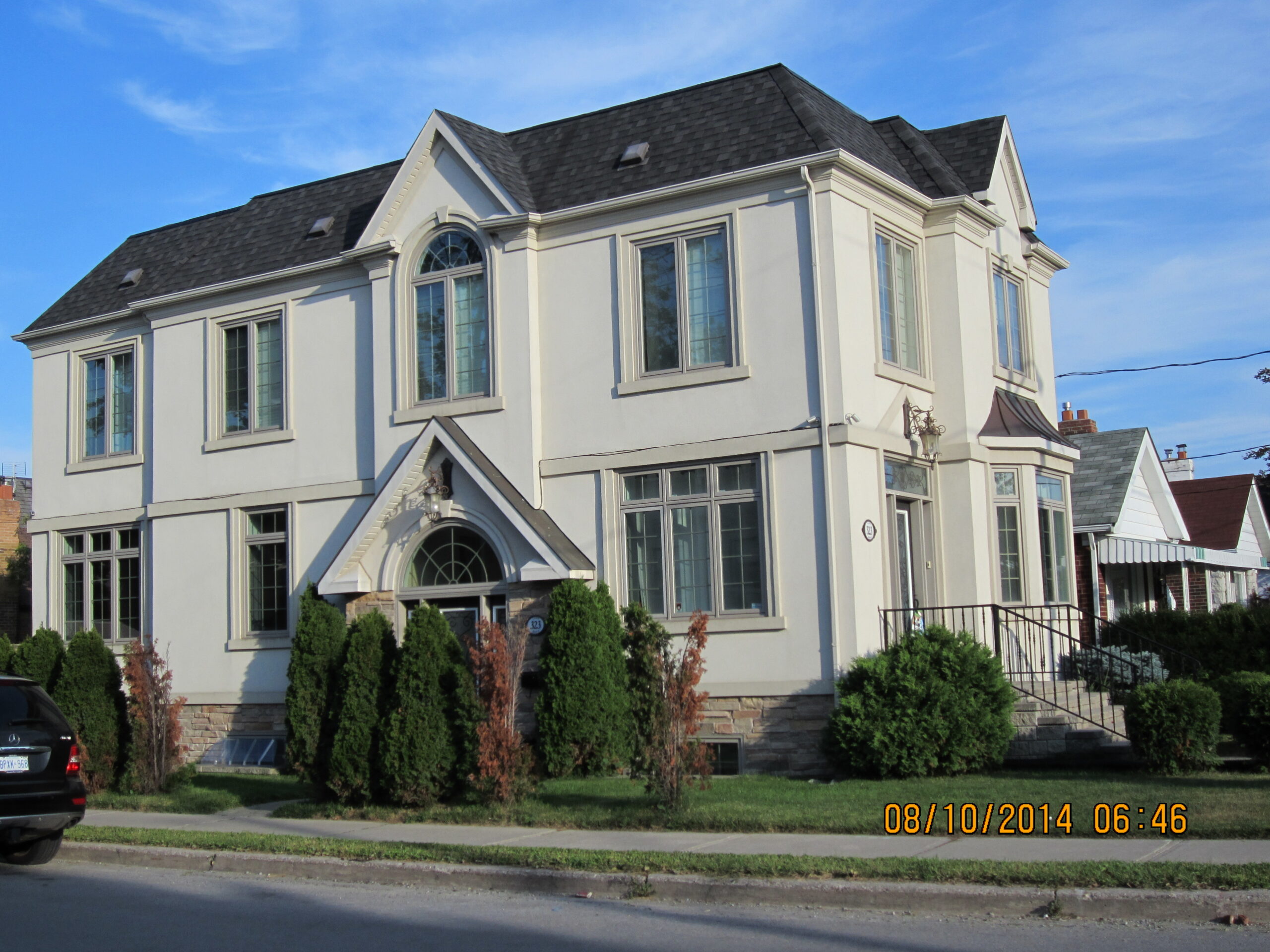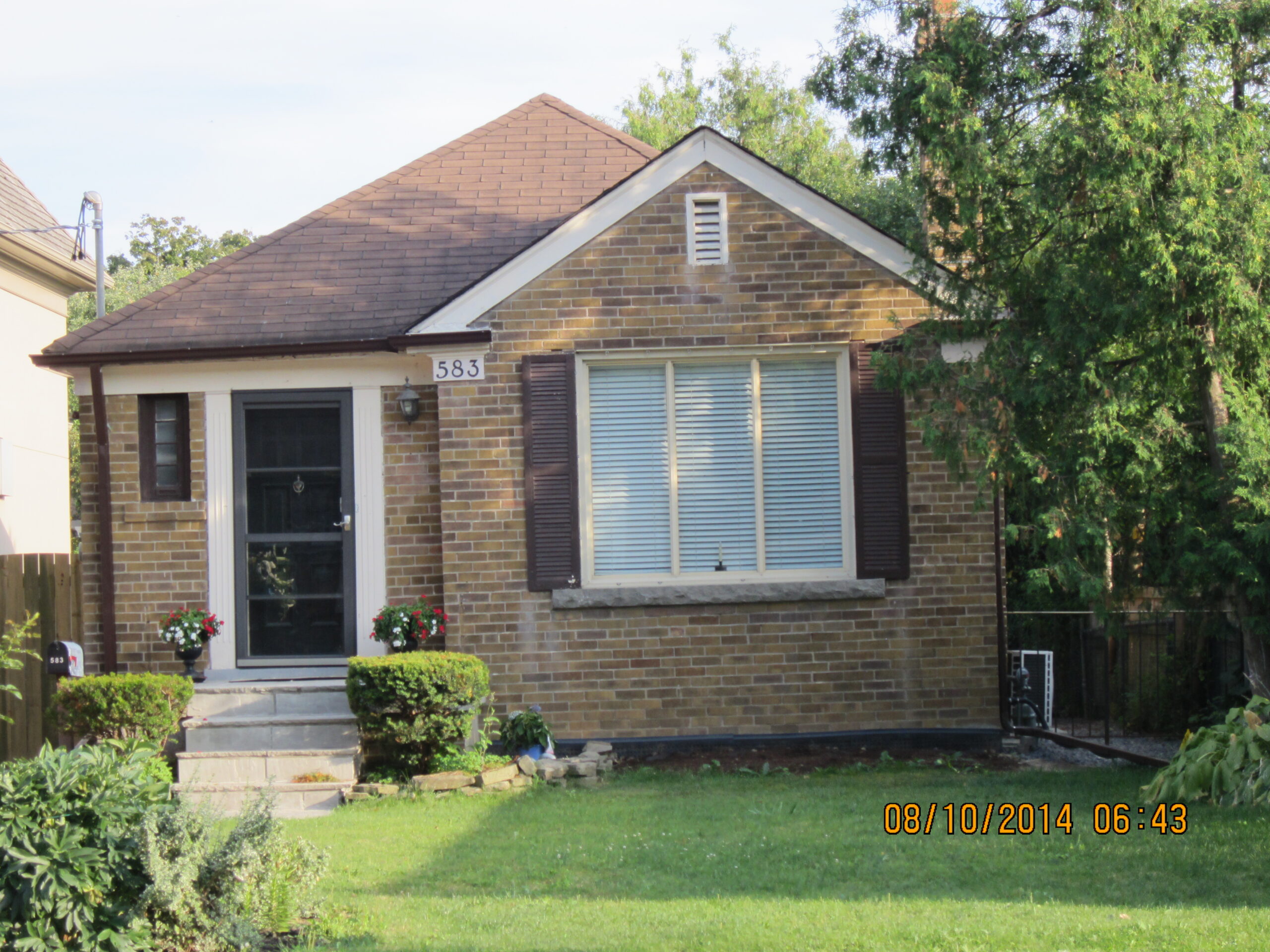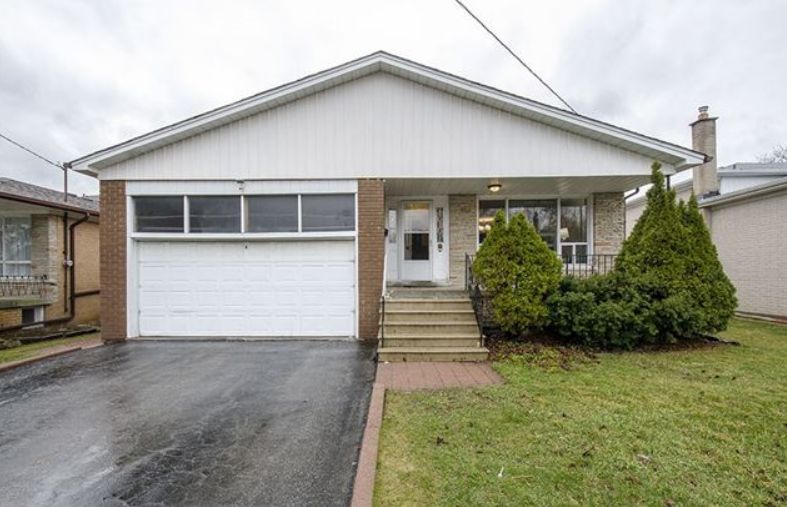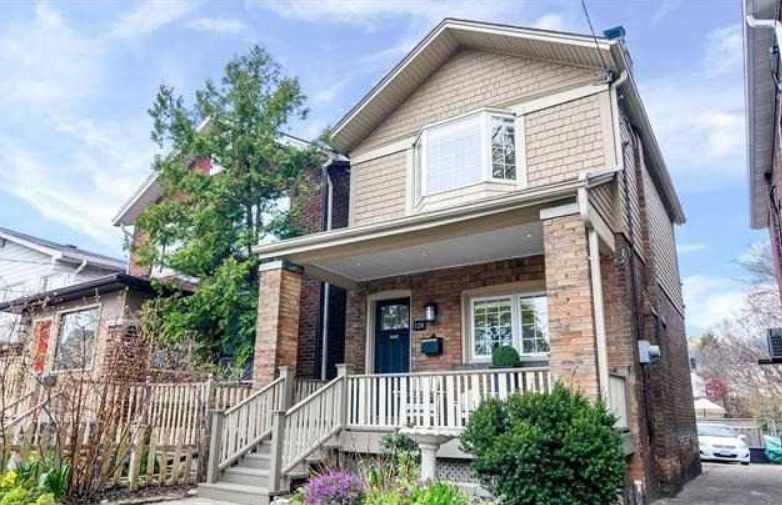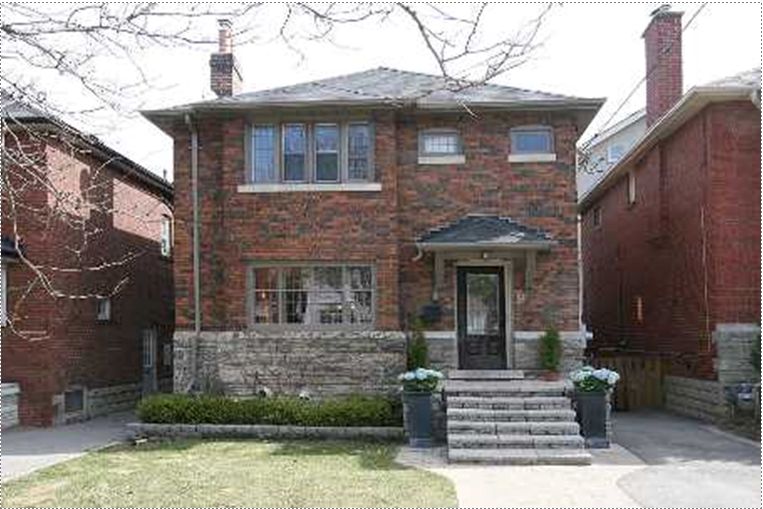In Toronto real estate, when a person sells her home, thanks to the Principal Residence Exemption, she isn’t usually taxed on capital gains. Similarly, if a principal residence is owned when a taxpayer dies, the residence will not attract a tax liability realized from the deemed disposition of assets. But, as Keith Masterman, LLB says, it’s not always simple to determine a residence’s status for tax purposes.
WHAT’S A PRINCIPAL RESIDENCE?
A principal residence does not have to be the place where the taxpayer normally lives. The property will qualify as a principal residence if the following people live in it at some point during the year:
- the taxpayer,
- the taxpayer’s spouse or common-law partner, or
- any of the taxpayer’s children.
In many situations, depending on the increase in value of the family home and the family cottage, it may be better to claim a cottage as a principal residence and not the family home.
Further, the property does not necessarily need to be located in Canada. Depending on the facts, a Canadian may designate a foreign vacation property as a principal residence and qualify for the principal residence exemption.
Read: How to claim the principal residence exemption
However, there are restrictions. For instance, after 1981, a taxpayer and spouse may only have one principal residence at any particular time. Prior to 1982, each individual could designate one principal residence. Therefore, if a couple owns both a primary home and a cottage, the principal residence exemption is available for both properties for the period the properties were owned prior to 1982. For each year after 1981, the couple would be required to designate one of the properties a principal residence, claimable at the time a property is sold or deemed sold at death.
Also, if the residence is situated on a lot bigger than half a hectare, the taxpayer must be able to establish that any land over the half hectare is necessary for the “use and enjoyment” of the home.
Although the rules appear straightforward, big properties, certain rental properties and properties purchased to be resold (particularly condominiums) raise specific challenges.
PROPERTIES BIGGER THAN HALF A HECTARE
In 2011, the tax court heard Cassidy v. the Queen. A taxpayer sold a home situated on 2.43 hectares of land. The taxpayer argued that since he was unable to legally subdivide the land, the entire property was necessary for his “use and enjoyment.” The court pointed out that the election to treat a home as a principal residence is made on a year-by-year basis. During most of the period, the property could not be subdivided and the court agreed with the taxpayer that the entire property was a principal residence. However, in the final year of ownership, the zoning had changed and allowed for land subdivision. So for that year, only a half hectare of the property could be claimed as a principal residence. The remaining property was subject to tax on the gain in its value during that one-year period.
The takeaway for clients? Make sure they have solid evidence showing that the entire property is necessary, and that the evidence applies to every year the client claims the PRE.
Read: Multiple homes can mean tax savings
RENTAL PROPERTY
In Tornto real estate, a property must be occupied for personal as opposed to business or commercial use to be considered a principal residence. This may mean that where a taxpayer uses a portion of the residence to generate income, the taxpayer may lose the principal residence exemption on that portion of the building.
An exception to this rule normally applies if the income-producing use is ancillary to the main use of the property as a residence, there is no structural change to the property, and no capital cost allowance (CCA or depreciation) is claimed on the property. Also, where a residence is rented to a taxpayer’s child who occupies the home as his residence, the taxpayer can still normally designate the home as the taxpayer’s principal residence.
CRA recently issued an interpretation bulletin where a taxpayer had moved to a long-term seniors’ centre, but allowed his child to live in his previous residence at a below fair market rental. CRA confirmed the taxpayer could designate the property a principal residence for the entire period the child lived in it, pointing out that the definition of principal residence requires the taxpayer, his current or former spouse or common-law partner, or his child to ordinarily live in the house during the year (so, the last criterion was satisfied). Nothing in the definition of principal residence stops the owner from charging rental, below, at, or above market rate to his child.
The takeaway? An elderly taxpayer wishing to retain the family home after moving to an extended living facility is becoming more common. You can tell clients they can continue to rent their homes to children without losing out on the principal residence exemption.
PROPERTIES PURCHASED FOR RESALE
In an effort to take advantage of strong real estate markets, people are flipping properties with the goal of realizing a profit. Often, these people are claiming the property as a principal residence and not claiming a capital gain for tax purposes.
From CRA’s perspective, these properties are purchased for resale and any flipping proceeds are considered business income and not capital gains. A short holding period only reinforces CRA’s position.
The takeaway? Any clients who flip property should be prepared for their proceeds to be taxed as income, not capital gains.
CONDO UNITS
New condominium sales often have three time periods associated with ownership: the period when the building is being constructed, an interim occupancy period and finally the period after the unit’s title is actually registered to the owner. Even though the taxpayer has an ownership interest in the unit during all three periods, it is only when actual title registration occurs that CRA considers the condo to be owned by the taxpayer for purposes of claiming the principal residence exemption.
The takeaway? If a client sells her condo before being named on the title, the condo is not considered her principal residence and therefore not subject to the exemption.
Read: Condo investment shouldn’t be a tax nightmare
Thinking to sell your house or Condo in Central Toronto areas and/or in downtown Toronto areas? Please visit http://www.TorontoHomesMax.com for a FREE Home Evaluation“ or please call, text or email Max Seal, Broker at 647-294-1177. NO obligation.
Thinking to buy a House or Condo in Central Toronto areas and/or in Downtown Toronto areas? please call or text Max Seal, Broker at 647-294-1177 to buy your dream home or Condo. I offer you a 30-min “FREE buyer’s consultation” with NO obligation.
Please visit my website http://www.centraltorontorealestate.com/ to find out available homes and Condos for sale in Central Toronto areas and/or in downtown Toronto areas.
This Toronto housing market may be a better time for “Move-up”, “Move-down” or “Empty-nester” Sellers and Buyers. Want a “Market Update” of your home in 2019? Please click the image below or call or text Max Seal, Broker at 647-294-1177 or send an email.
Want a “Market Update” of your home? Please click the image below. Or call or text Max Seal, Broker at 647-294-1177 or send an email.
(** some conditions apply. We value your privacy, all your information will remain confidential.)



